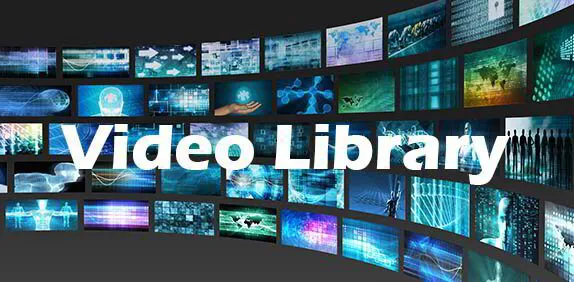Sensors
Sensors monitor physical stimulus such as moisture, temperature, pressure, motion or other physical stimulus. They then provide either an electrical or optical output designed to initiate an action or record data.
The Internet of Things (IoT) utilizes sensors as the “thing” in many applications by transmitting the sensor’s data to a centralized point for processing and control.
Key Attributes of Sensors
Low Power Consumption
High Sensitivity to the Physical Stimuli
Low Noise Level
High Resolution
Linearity
Types of Sensors
Chemical measure liquids and gases.
BioSensors monitor health conditions of people, food, environment and animals. Wearables and Implants.
Environmental measure wind, moisture, and vibration.
Optical uses photo diodes and photo transistor technology.
Light sensors
Proximity measure or alert motion and presence. Accelerameter, Doppler Radar and Motion Detectors.
Acoustic measure or transmit sound. Microphones, Sound Wave Generator, Echosounder
Automotive measure speed, fuel and engine functionality. Gyroscopes, Fuel Gauge and Speedometer. The Connected Car is increasing the amount of sensors and communication in new cars.
Thermal measures heat and temperature. Thermistor, Radiation Pyrometer and Thermocoupler are types.
Electric measures electrical current. Galvonometer
Magnetic measures the magnetism and metal content. Metal Detectors, Door Locks,
M2M evolution to IoT
The evolution of standalone M2M applications into Internet of Things systems has created opportunity for larger scale, flexible applications with more flexible and thorough reporting capability.
This section requires an industry expert to help build content.




















